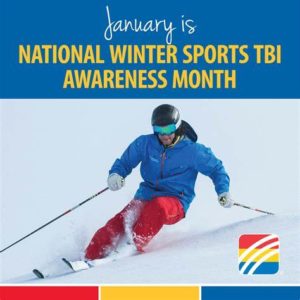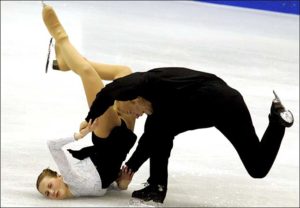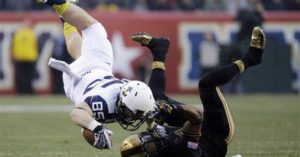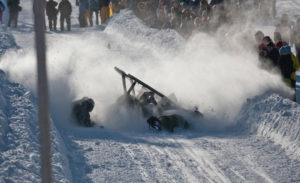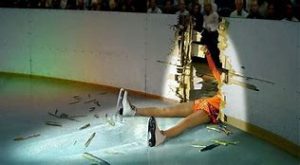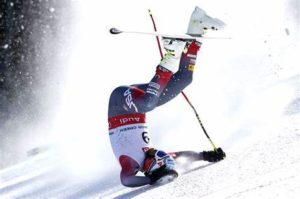National Winter Sports TBI Awareness Month, observed in January, is a time to increase awareness of winter sports TBIs, promote the need for a cure after a traumatic brain injury, and spur advocacy on behalf of those suffering with the emotional, financial and physical burden of TBI injuries.
National Winter Sports TBI Awareness Month calls attention to the fact that, although sports injuries contribute to fatalities infrequently, the leading cause of death from sports-related injuries is traumatic brain injury. Sports and recreational activities contribute to about 21 percent of all traumatic brain injuries among American children and adolescents.
National Winter Sports TBI Awareness Month is a public health and awareness campaign for highlighting the dangers of traumatic brain injury and the importance for taking precautionary measures when engaging in winter sports like skating, tobogganing and skiing. TBI stands for Traumatic Brain Injury which is a common result of injuries that involve the head. Every year, there are approximately 1.7 million head injuries in the United States according to the American Physical Therapy Association. More importantly, about 52,000 people die every year due to TBI. It is commonly caused by falling or crashing into another person or objects while skiing or skating. Many of these accidents lead to head injuries like concussions and traumatic brain injury.
The awareness campaign exists because TBI is usually misdiagnosed which often causes complications or the death of the patient. Thus, it is important to spread knowledge of the symptoms among medical professionals and the public. These symptoms may be experienced immediately after the accident or days/weeks thereafter.
Purpose of National Winter Sports TBI Awareness Month
The Johnny O Foundation and others like it try to raise awareness of the health risks (specifically concussions and traumatic brain injuries) ordinary individuals and athletes face when they participate in winter sports. It also highlights sports safety and preventive measures for avoiding concussions and TBIs. The main goal of the public awareness campaign is to reduce TBIs in the country.
Here are simple tips for preventing head injuries when participating in winter sports:
- Wear approved, properly fitted and well-maintained safety equipment like helmets
- Stipulate safety rules like no direct hits to the head or other dangerous play
- Encourage safe playing techniques and encourage individuals to strictly follow rules of play during winter sports activities
It is also important to take immediate action in case of suspected concussion. Here are the steps that should be taken when a concussion is suspected during winter sports activities:
- The first step is to remove the individual from play.
- Make sure that he/she is evaluated by an experienced medical care professional in the evaluation of concussions.
- Inform the family/friends of the individual regarding the possibility of a concussion and give them informative materials about concussions.
- Keep the individual out of play until he/she has been thoroughly evaluated by an experienced medical care professional and given permission to return to play.
Conclusion
National Winter Sports TBI Awareness Month is a reminder of the dangers of winter sports and the possibility of TBIs and other injuries. For such reason, it is very important to keep safety in mind and take the necessary precautions to minimize the risk of TBIs and concussions. It is also very important to be aware of the symptoms of a concussion and closely supervise someone who is suspected of a concussion or TBI.
